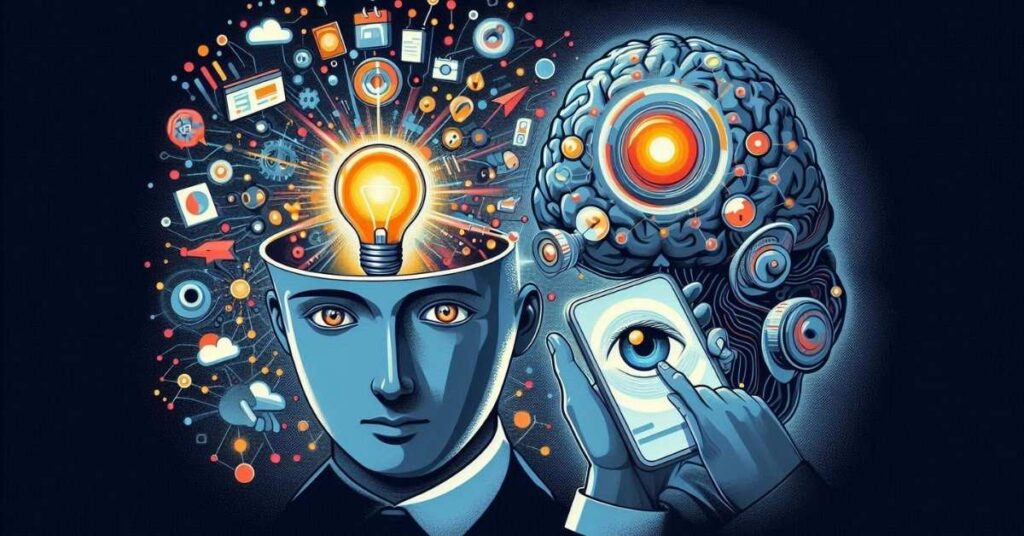
The sales landscape is rapidly evolving, and the role of SDRs is no exception. The Future of AI SDRs is here to redefine how we prospect and engage leads. With AI-driven automation handling routine outreach and smart lead qualification, sales teams can focus on building genuine relationships and closing deals. The result is a more efficient, data-informed sales process that not only saves time but also significantly boosts conversion rates and revenue growth.
The Rise of AI SDRs
AI-powered Sales Development Reps (SDRs) are transforming sales teams by:
✔ Automating lead qualification (24/7 availability)
✔ Scaling outreach (1000s of personalized emails/calls per day)
✔ Reducing costs (No salaries, benefits, or turnover)
But can they truly **understand and respond to human emotions**—or are they just sophisticated chatbots?
What is Emotional Intelligence in Sales?
Emotional Intelligence (EQ) in sales involves:
🔹 Empathy – Understanding a prospect’s pain points
🔹 Active Listening – Responding to verbal/non-verbal cues
🔹 Adaptability – Adjusting tone & approach based on mood
🔹 Conflict Resolution – Handling objections smoothly
Example:
A human SDR detects frustration in a prospect’s voice and shifts from pitching to problem-solving.
Can AI Replicate Human EQ?
1. NLP & Sentiment Analysis
- How It Works: AI analyzes speech/text for:
- Tone (frustration, excitement, hesitation)
- Keywords (“not sure,” “urgent,” “too expensive”)
- Example:> Prospect: “I’m overwhelmed with options…”> AI Response: “I understand decision fatigue is real. Would a side-by-side comparison help?”
2. Adaptive Tone & Response Systems
- Tools like Salesix.ai adjust messaging based on:
- Prospect’s industry (formal vs. casual tone)
- Previous interactions (e.g., avoids repeating rejected offers)
3. Limitations of AI in Emotional Nuance
❌ Misses subtle cues (sarcasm, humor, cultural context)
❌ Struggles with complex emotions (e.g., grief, distrust)
❌ No genuine empathy – Only simulated responses
AI SDRs vs. Human SDRs: A Comparison
| Factor | AI SDRs | Human SDRs |
| Availability | 24/7 | Limited to work hours |
| Scalability | 1000s of leads/day | 50-100 leads/day |
| Emotional Depth | Scripted empathy | Genuine connection |
| Cost | $500/month (approx.) | $5K+/month (salary + benefits) |
Hybrid Models: Where AI & Humans Excel
The best sales teams **combine AI efficiency with human intuition**:
- AI Handles:
- Lead scoring & initial outreach
- Data-driven follow-ups
- Humans Take Over:
- High-value prospects
- Emotionally complex conversations
Example Workflow:
- AI qualifies a lead → Flags “high intent but hesitant” → Human SDR jumps in with a consultative call.
Case Study: AI SDRs in Action
- Company: B2B SaaS startup
- Challenge: High lead volume, low conversion
- Solution: Deployed Salesix.ai SDR for:
- First-touch emails/calls
- Sentiment-based routing
- Result:
- 40% more meetings booked
- Human SDRs saved 15 hrs/week
The Future of AI & Emotional Intelligence
- Voice Emotion AI (Tools like **Beyond Verbal**) detect stress/happiness in calls
- Generative AI crafts hyper-personalized stories to build rapport
- Predictive EQ – AI forecasts prospect moods based on historical data




